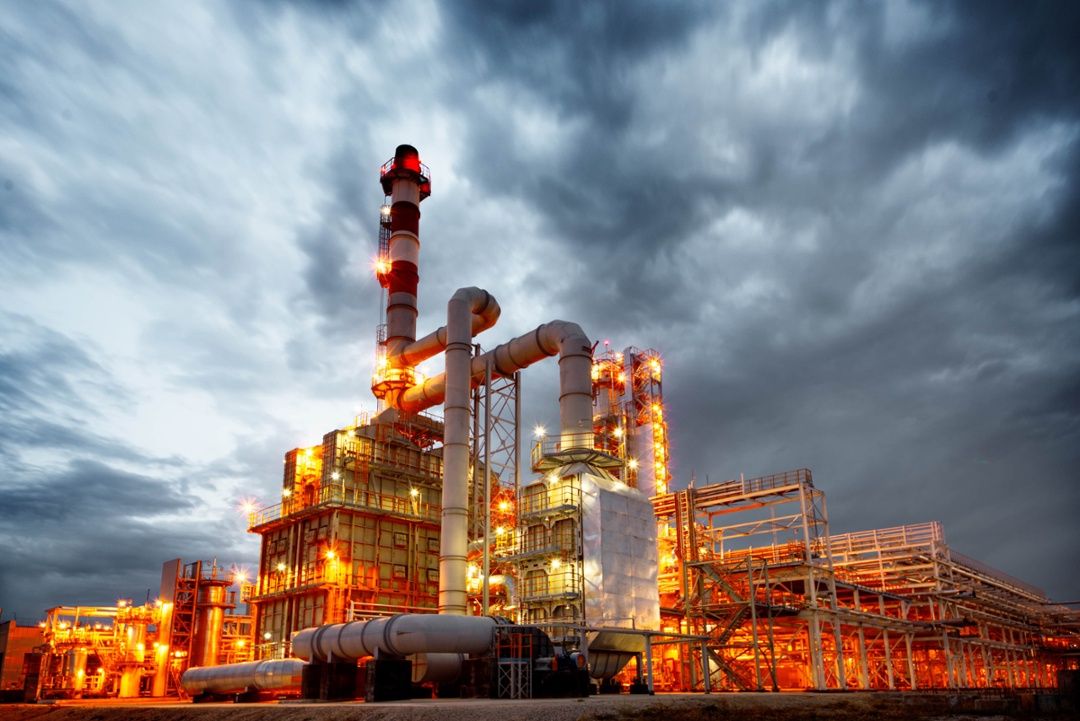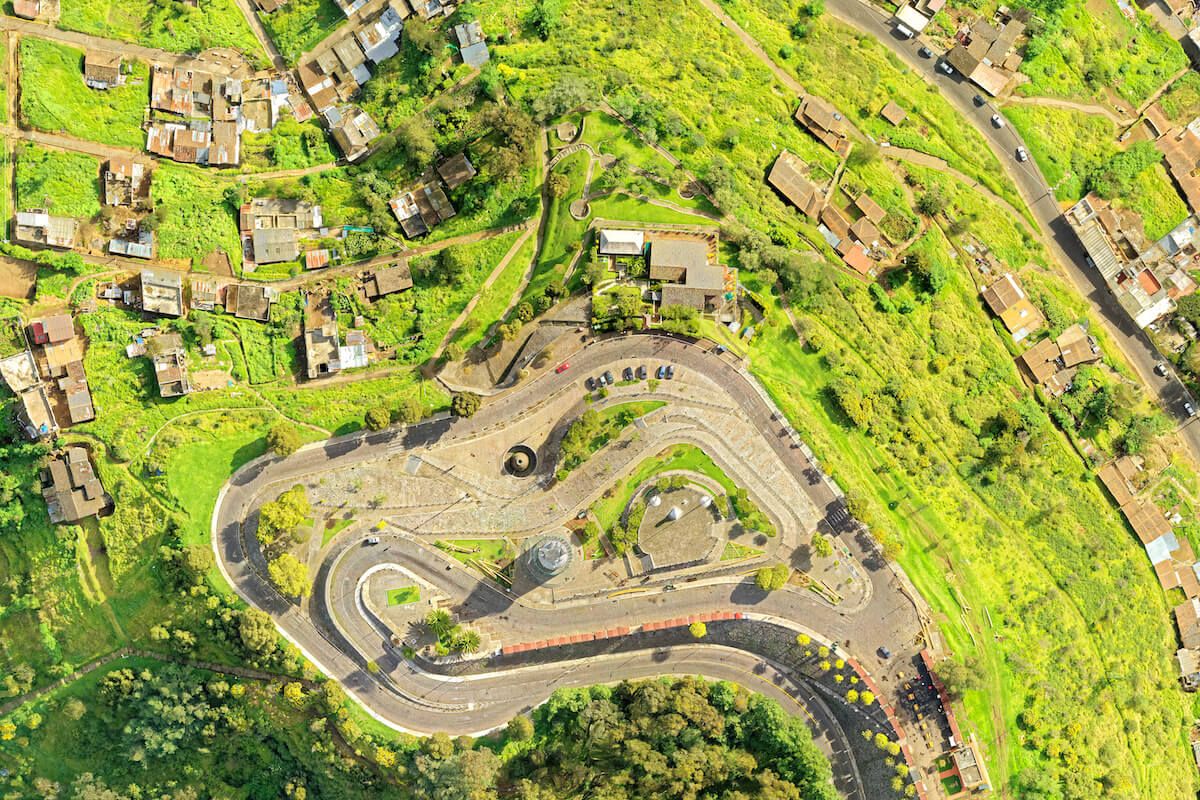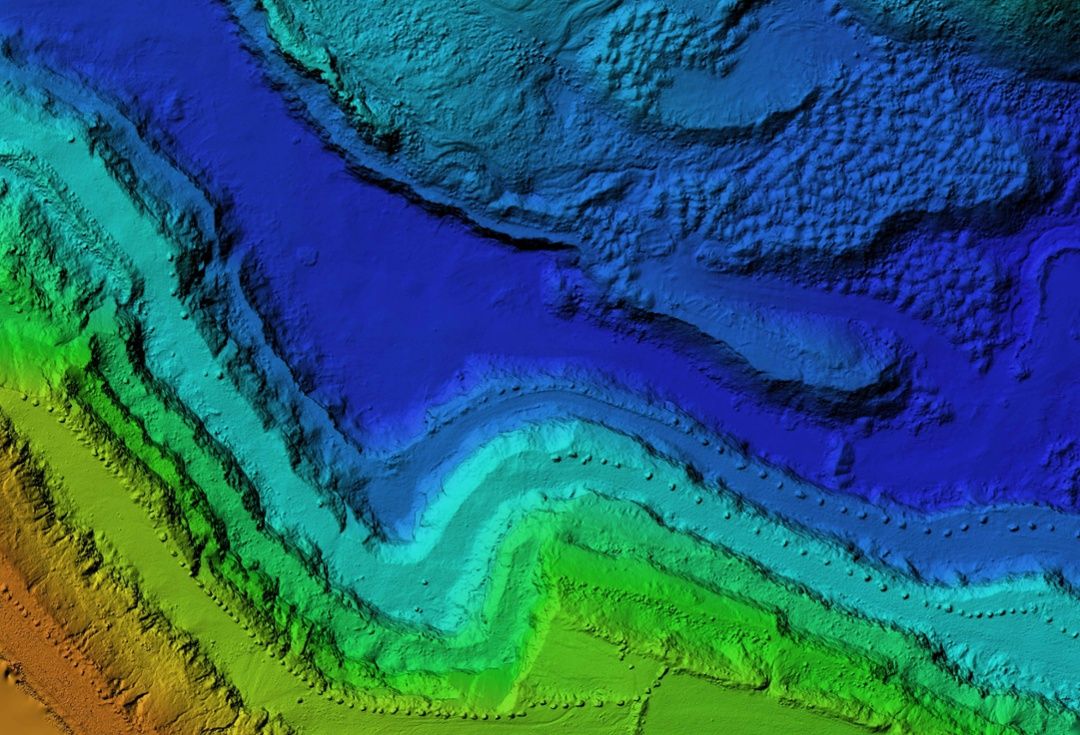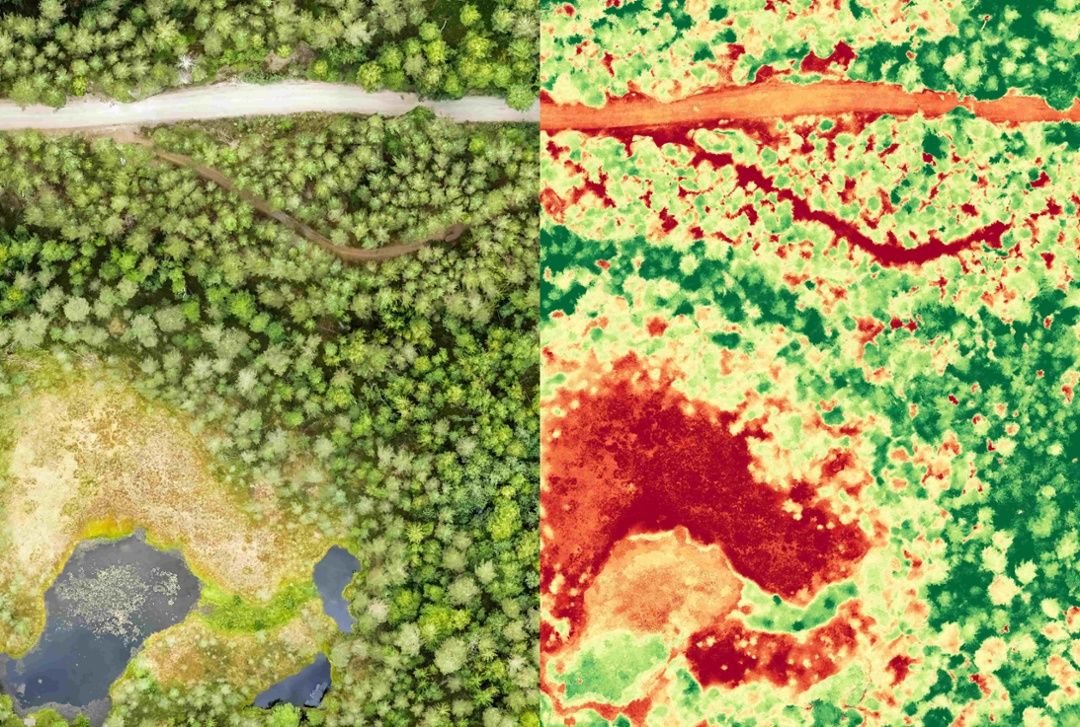Archives
- July 2023
- June 2023
- May 2023
- April 2023
- March 2023
- February 2023
- January 2023
- December 2022
- November 2022
- October 2022
- September 2022
- May 2022
- April 2022
- March 2022
- February 2022
- January 2022
- November 2021
- October 2021
- March 2021
- July 2020
- May 2020
- April 2020
- March 2020
- December 2019
- October 2019
- September 2019
- June 2019
- May 2019
- April 2019
- September 2018
- June 2018
The Aerial Perspective Blog
The State of Oil & Gas UAV Tech: NG Summit 2019 Recap

The Mapware team recently attended this year’s NG Oil & Gas Summit in Austin, TX. We had some great conversations, attended some fascinating sessions, and got a feel for what’s getting people talking in the industry.
The key takeaway? The oil and gas industry is having a moment of truth when it comes to data collection, storage, and integrity.
From the drill to the pipeline to the refinery, ground teams and leadership are trying to find ways to use data to their advantage — to improve security, environmental monitoring, reduce overhead, and more.
We believe that UAV technology will play an integral role in this shift.
O&G Industry Trends: Everyone’s Talking about Data
Data Silos
Siloed data is a major problem in many industries, and O&G is no exception.
As we learned at the NG Summit, it’s common for the different departments within an oil or gas company to use their own data collection and storage methods. Each set of data might be stored in an entirely different format.
The result is a missed opportunity to use data collaboratively to improve operations across departments. Business intelligence initiatives are only as good as the data they’re built on — without a central source of information, it will become difficult to remain competitive.
Trust in Data Is Low
The reliability of data storage is a known issue, but an even bigger problem is the quality of the data being collected.
As we learned, a lot of the data collected in the field is manually sourced and entered. The result is data that’s highly susceptible to human error. Even in the best circumstances, readings are often not consistent from person to person, let alone team to team.
This is one of the biggest values oil and gas companies are finding in UAV technology. Unlike manned planes and helicopters, drones can generate a lot of extremely consistent high-quality data — even in remote areas.
Seeking IT/OT Integration
Anyone who’s ever watched The Office is familiar with the sometimes adversarial relationship between the people who sit at desks and the people who work in the warehouse. In the O&G industry, this problem can be exaggerated, considering the “warehouse” is sometimes an oilfield thousands of miles from HQ.
This can also be described as a gap between information technology (IT) and operational technology (OT). It’s the lack of integration between cloud storage, BI, AI, and analytics tools used by HQ and the tablets and connected IoT devices (pumps, valves, pressure and chemical detection systems, etc.) used in the field.
Mutual distrust between IT and OT is very common in the industry, and that can lead to poor decision-making and unrealized value.
How Drones Fit In
A lot of NG Summit attendees were really excited to talk with us, because they see drones as a potential answer to some of the issues we covered up top. Here are some of the ways UAVs are making an impact in the O&G Industry.
Digital Twins
There was plenty of enthusiasm for digital twins at NG Summit. A digital twin is a 3D model created using drone-generated data that accurately reflects field conditions. By using a computer-generated replica of the real world, companies can review conditions without sending additional personnel to remote areas and bridge the gap between IT and OT.
Environmental Risk Mitigation
When it comes to monitoring wells and pipelines, O&G companies are slowly shifting away from manned aircraft to advanced AI and UAV solutions. While manned monitoring is effective for detecting leaks early, it’s also costly and labor-intensive. Plus, you can only get so close to the ground before safety becomes a concern.
Using drones to inspect pipelines, wells, and other infrastructure often costs less and produces better results than existing processes. Drones can be used by both O&G companies and regulatory agencies to improve inspection processes.
Security and Surveillance
Using UAV technology as an eye in the sky is also becoming popular for securing and surveilling key infrastructure. For example, UAVs can supplement or replace security officers and cameras in downstream facilities like refineries.
Conclusion
For UAV technology in the oil and gas industry, there’s nowhere to go but up. For companies that want to improve the quality of their data and the relationship between different parts of their organizations, drones are an integral part of the solution.
Contact Mapware to learn about solutions for the Oil & Gas industry.
Join our mailing list to stay up to date on the latest releases, product features and industry trends.
Mapware needs the contact information you provide to us to contact you about our products and services. You may unsubscribe from these communications at any time. For information on how to unsubscribe, as well as our privacy practices and commitment to protecting your privacy, please review our Privacy Policy.


